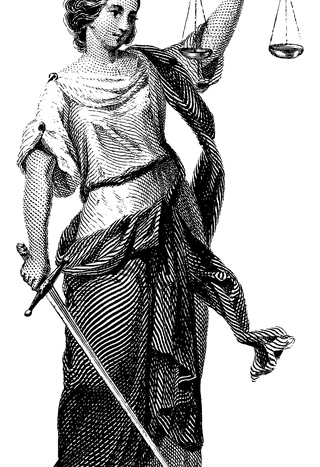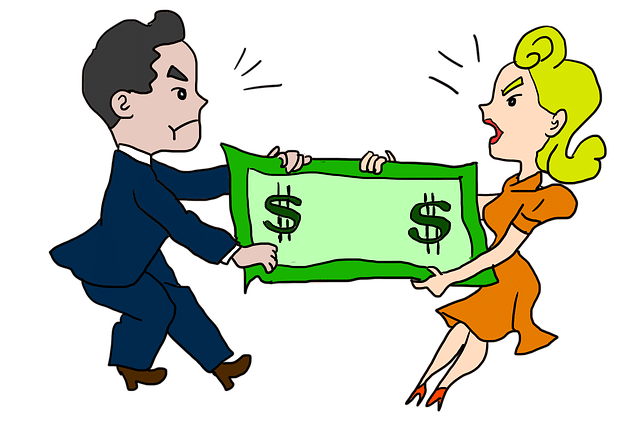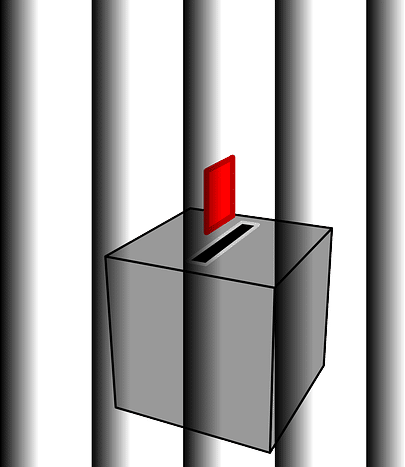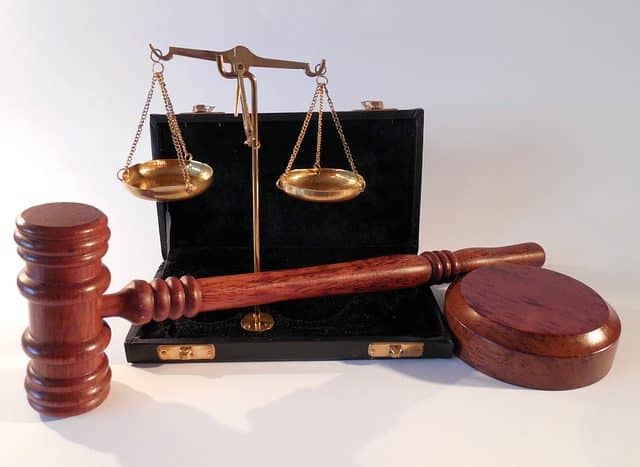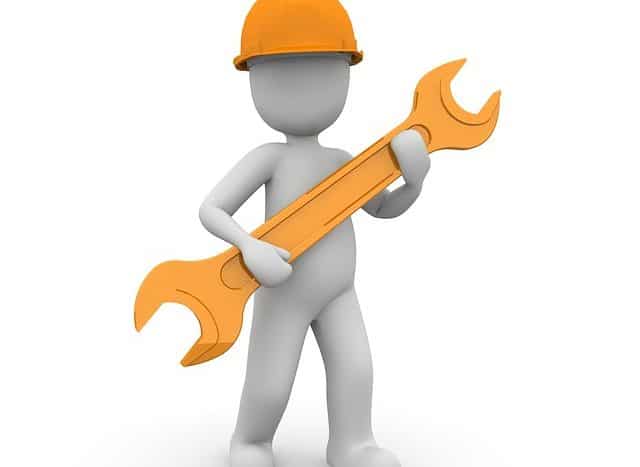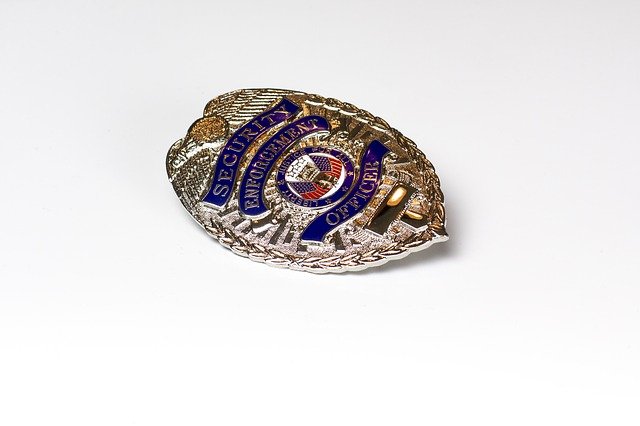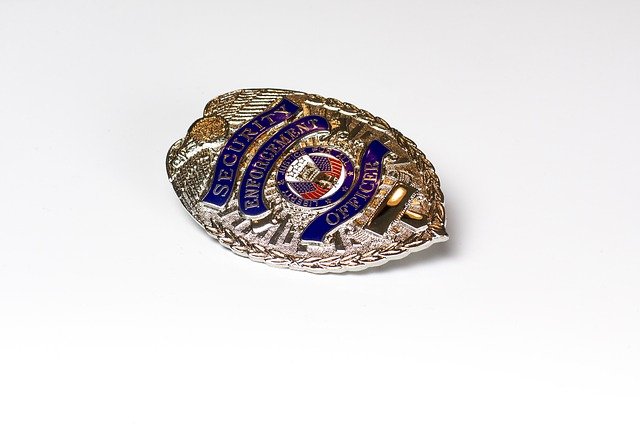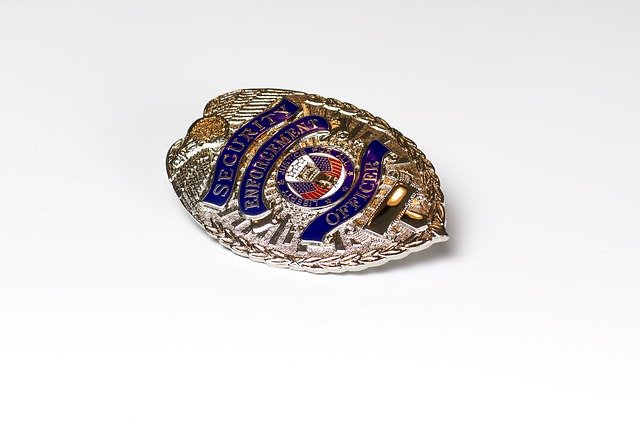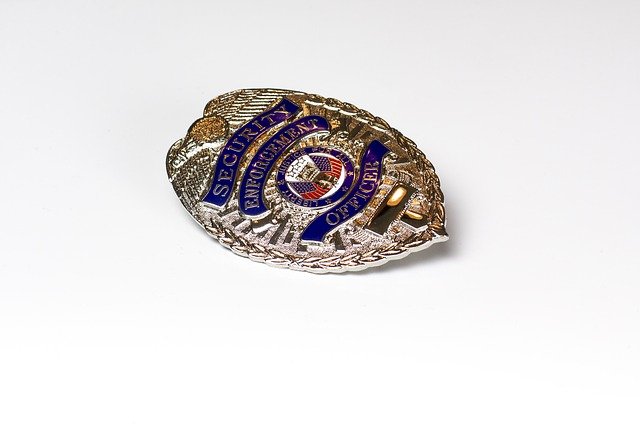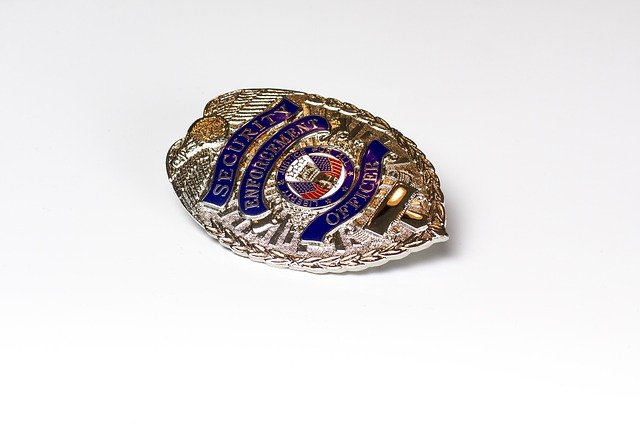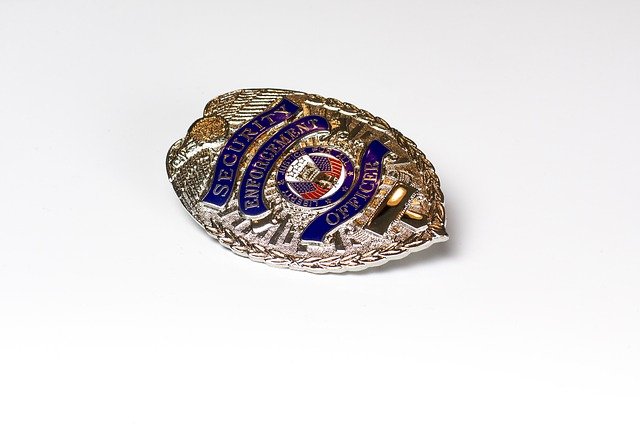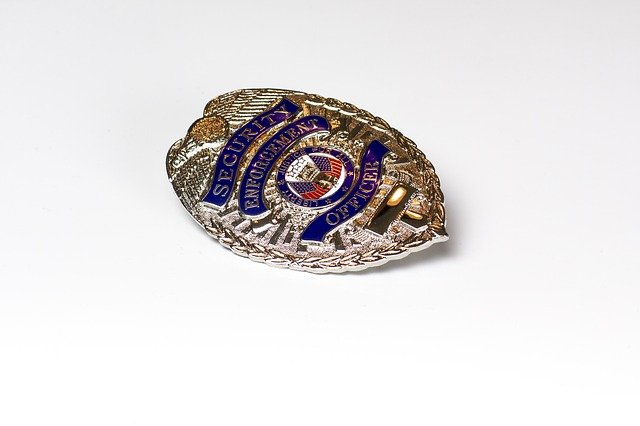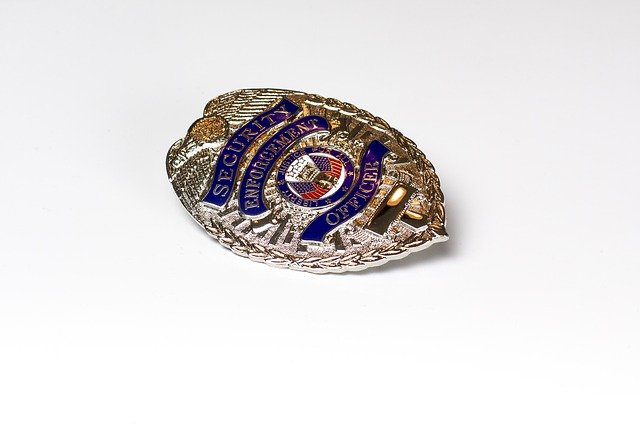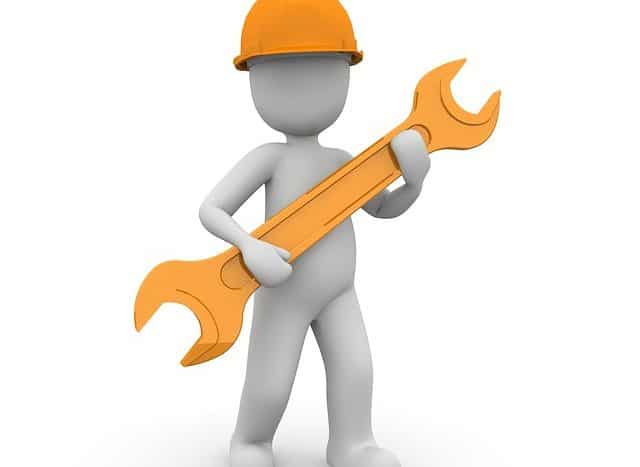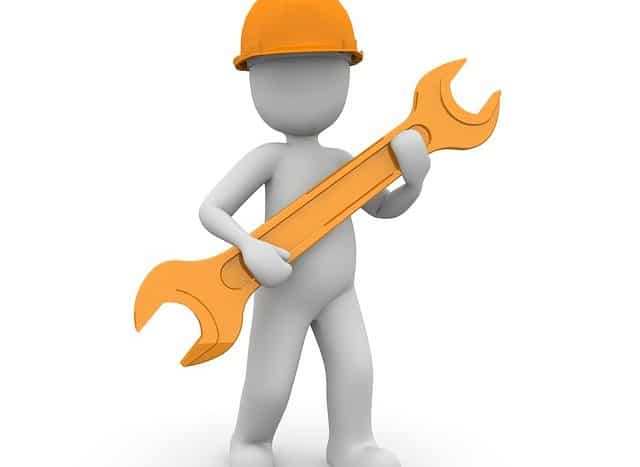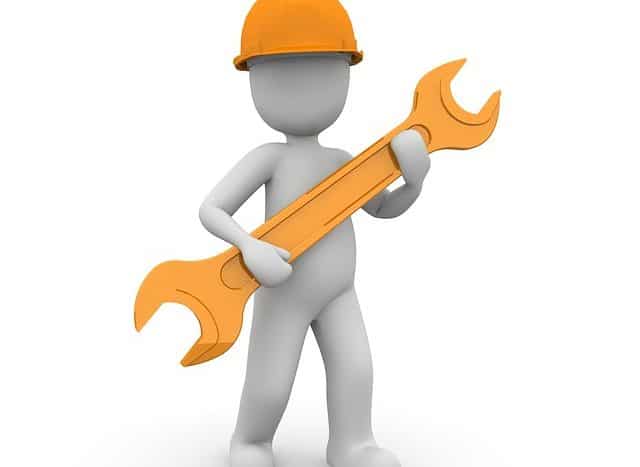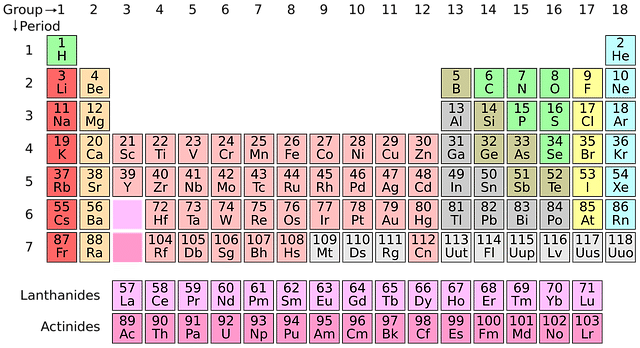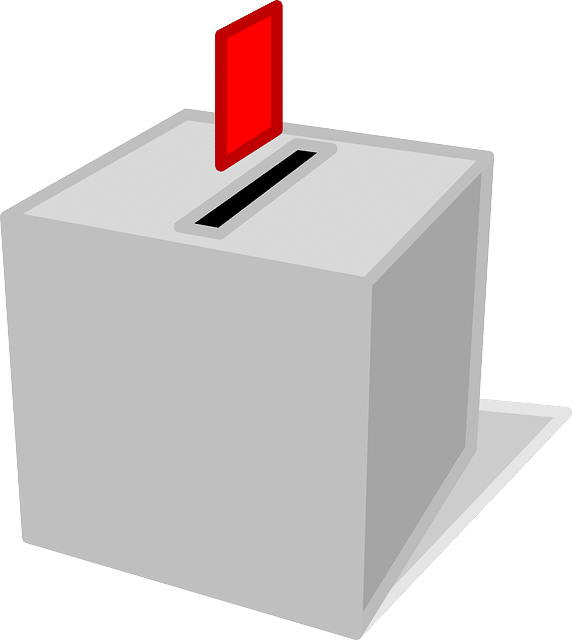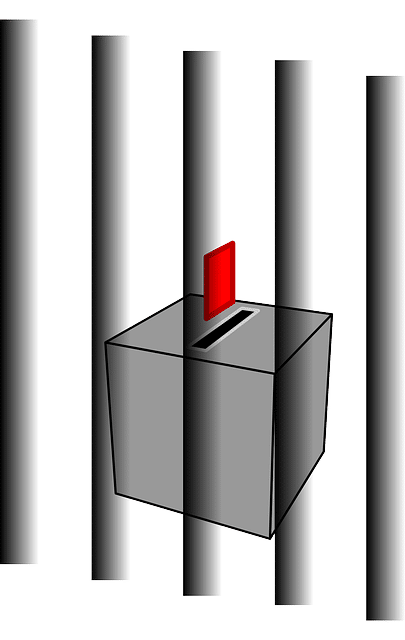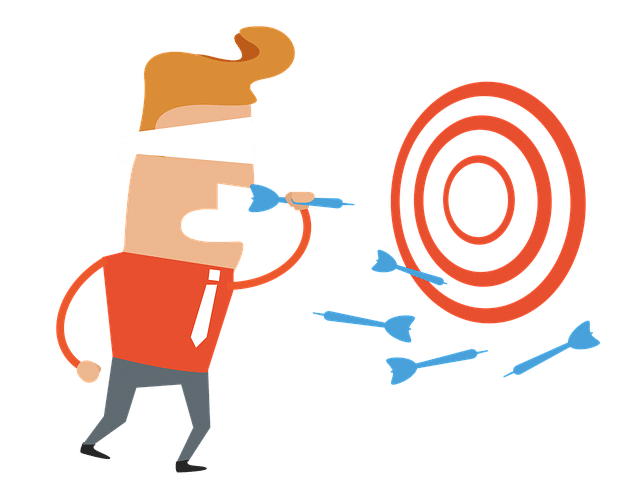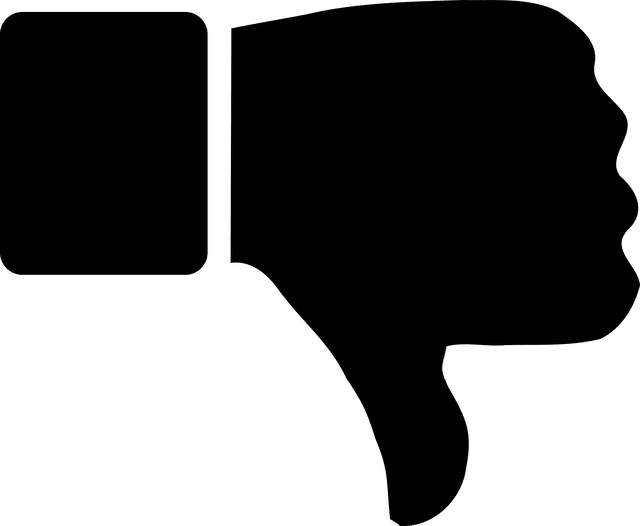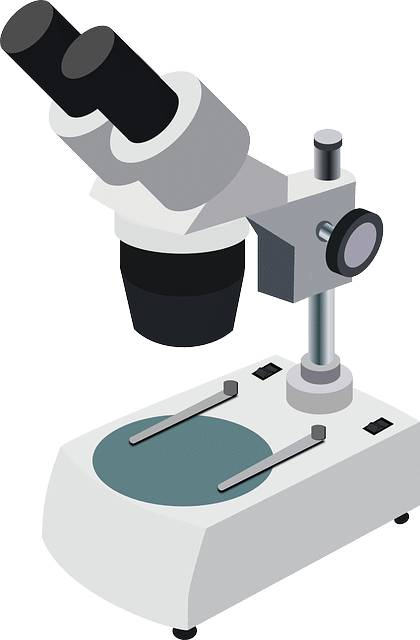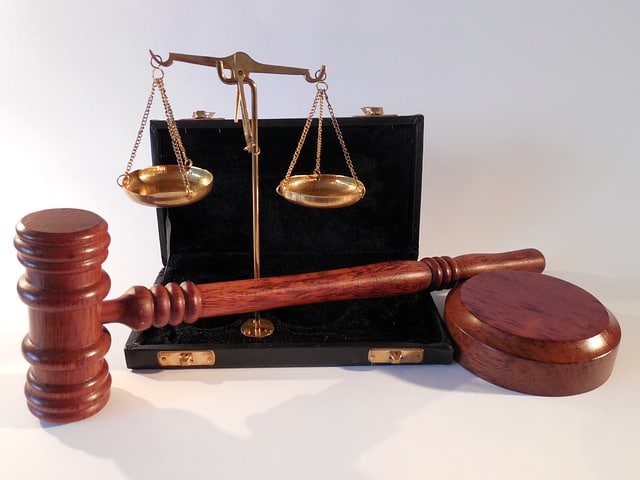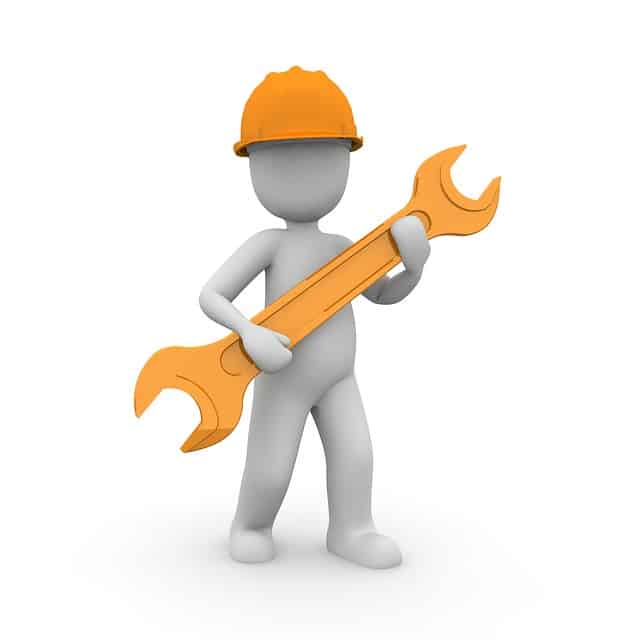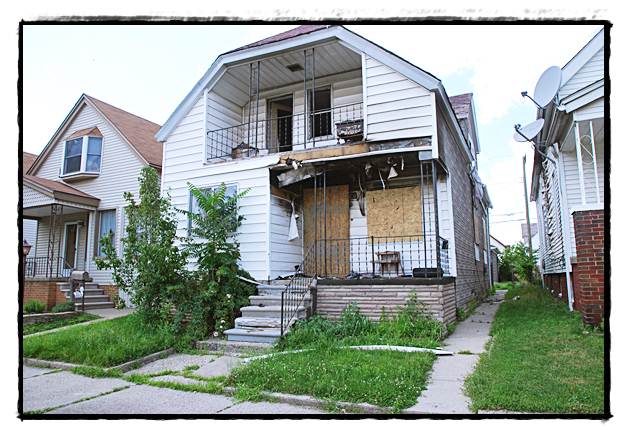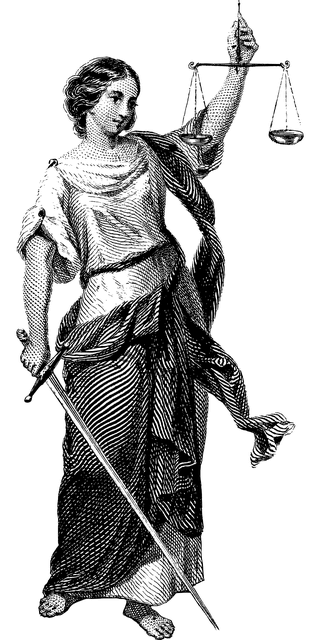How to Release a Lien on a House in 4 Easy Steps!
If you have a lien on a house. Then likely you understand that different types of liens in real estate involve a legal claim on your property. Filed with a county records office or state agency, a lien allows the individual or entity holding the lien rights to obtain access to the property if the debts aren’t paid. Liens help creditors collect money owed to them by “clouding” the title of a property.
But did you know that there are many different types of property liens? And that, depending on the circumstances, various types of liens can potentially require a unique solution, critical to the effective removal of a lien on your property?
In this article, we are going to investigate the meaning of a lien, various types of property liens, and what kind of options are available when releasing a lien on a property. We’ll shed specific light on the process of ‘How to Sell a House with a Lien on it in 4 Easy Steps!’ Whether you’re looking to sell your house fast or just looking for facts and information regarding a “lien on my house,” then you have found the most transparent and comprehensive guide available online. We’ll explain all of the lien rights you have as a property owner subject to levy and lien.
Table of Contents
- Key Points
- What is a Lien? (General Definition)
- Types of Liens in Real Estate
- Types of Liens (Six Umbrella Categories)
- Types of Liens (Six Involuntary Subcategories)
- How are Involuntary/Statutory/Non-Mortgage Liens Enforced?
- Who Gets Priority on a Real Estate Lien? (The First in Time, First in Right Rule)
- How to Release a Lien on a House in 4 Easy Steps!
- The Bottom Line
- About Justin Mitchell
Key Points
- Real estate liens are legal claims against the property by an individual, entities, or creditors that compel them to collect what they’re owed.
- Types of liens in real estate have six umbrella types/categories. Additionally, there are six involuntary lien types/categories.
- If a homeowner doesn’t settle an obligation, then the lienholder may legally seize and dispose of the property.
- Tax liens are no longer reportable, but other involuntary liens may impact your credit score.
- Homeowners can remove a lien on a property by making payment arrangements, settling debts, as well as other methods explained in this article.
What is a Lien? (General Definition)
In layman’s terms, a lien is a legal claim on something you own as a security against a debt you owe. The word “lien” is derived from an old French word for “band” or “tie.” You can trace its roots all the way back to ligare, a Latin phrase meaning “to bind.”
While understanding this historical etymology isn’t essential to understanding how liens work, it’s helpful because the primary purpose of a lien is to bind a debtor to a lender until a loan is paid off.
Lien’s limit what the owner can do with an asset, as creditors are given a stake in the property to compensate for what is owed to them. Liens give creditors certain legal rights, especially when a debtor hasn’t paid or has improperly fulfilled their contractual financial obligation.
Types of Liens in Real Estate
Broadly speaking, there are many different types of liens that can be applied in numerous different situations. As a homeowner facing the legal challenges of a real estate lien, it’s important to understand these different varieties of liens. There are pros and cons to each that may come into play based on your unique circumstances.
Types of Liens (Six Umbrella Categories)
Generally speaking, the most common types of property liens can largely be divided into six major categories:
- Voluntary lien/Mortgage (consensual)
- Involuntary lien/Statutory lien/Non-mortgage (non-consensual)
- General lien real estate
- Specific lien
- Perfected Lien
- Unperfected Lien
What is a Voluntary Lien?
There are two types of voluntary liens. The first type happens when a person voluntarily takes out the terms stated in a house sale contract (or the mortgage deed of trust and the note), known as a Purchase-Money Security Lien. Generally, when people talk about voluntary liens, they’re talking about mortgages. A borrower gets money from a lender in a mortgage situation and the lender gets a “note” and a “lien on the house,” which serves as collateral for the debt. If the borrower can’t pay the money back properly, then the lender typically assumes ownership of the house in “foreclosure.”
The second type of voluntary lien is known as a Non-Purchase-Money Security Lien. This is the opposite of a Purchase-Money Security Lien. The debtor/homeowner already owns the property and they use it as security for borrowing. Examples include borrowing against home equity through a second mortgage or refinancing a mortgage.
What is an Involuntary Lien?
Involuntary liens are liens placed on a property by others (besides mortgage lenders) for unpaid obligations. When people talk about involuntary liens, they’re usually referring to the most common type, tax liens. How about an example? If you own a house and don’t pay your property taxes for several years, the local county can place a state tax lien on your property. This is their way of telling you, “pay up!” If you don’t pay up, they can proceed with foreclosure.
What is a Specific Lien?
A specific lien is granted only with respect to a particular asset. In foreclosure, the specific asset is the real estate property that is subject to the foreclosure. A specific lien also occurs in the context of real estate property taxes owed on a state tax lien. In this example, the government has the authority to foreclose on the property. This is the reason why most mortgage lenders require that the real estate property tax payments be escrowed.
What is a General Lien?
A general lien is the opposite of a specific lien. General liens are a lien on all property. This applies to both the real estate property and personal property an individual owns, not just one specific real estate property (like in the case of a foreclosure).
For example, a general lien can root from an IRS tax lien pursuant to income taxes owed by a taxpayer to the federal government. Specifically, if a person owes income taxes to the IRS, it would be classified as a general lien against all real estate property and personal property of the delinquent taxpayer. This would result in a lien over property, as well as bank accounts, vehicles, and other assets owned by the taxpayer.
What is a Perfected Lien?
When a lien on your house has been perfected, this means that the lien has been filed with the appropriate filing agent or institution to make the securing interest in an asset binding and legally enforceable. A lien on property is used in secured loans and consolidated into the lending contract. Thus, a perfected lien provides legal documentation to prove that a creditor has a legal right to seize property in place of payments for which they are properly owed.
What is an Unperfected Lien?
An unperfected lien is a lien against a house that was not filed legally or correctly by a lender. This is important, as a perfected lien is accorded priority over an unperfected lien.
Some factors responsible for unperfected liens include:
- Incorrect information in the lien filed.
- Not filing the lien with the correct legal authority.
- Dereliction of duty in recording finance statements for the property.
- Failure to detect that there is an existing lien on the property for which the lien is filed.
Types of Liens (Six Involuntary Subcategories)
Involuntary liens can further be divided into six additional subcategories:
- Judgement lien (statutory lien)
- Tax lien
- (spousal lien on marital property)
- Mechanics lien (contractor lien on house)
- Nuisance abatement lien
- Homeowner’s associations (HOA) lien and condominium associations (COA) lien
What is a Judgement Lien? (Judgement on property)
Most commonly, a judgement lien against property results from a lawsuit brought on by a creditor seeking payment for unsecured debt. This may include credit card debt, personal loans, medical bills, and so on. A creditor may receive a judgment lien on real estate or personal property, typically after first winning a legal action and a money judgment.
What is a Tax Lien? (Property tax foreclosure)
Tax liens result from a failure to pay a tax debt. Tax debts can arise in various forms and there are multiple types of tax liens that can be applied. For example, the government can place a lien on real estate for unpaid property taxes. The IRS can also file a tax lien for back taxes owed. In these examples, proper notice is required and the taxpayer must be given a reasonable opportunity to pay the taxes owed before a lien can be applied.
What is a Child Support and Alimony Lien?
If a debtor owes a significant amount in child support or alimony payments, the recipient party may be able to place a lien on the debtor’s real estate or personal property.
What is a Mechanics Lien?
A mechanics lien bond and a contractor lien on a house typically occur when the hiring party fails to adequately pay for parts, services, or labor. In these cases, the contractor may be able to acquire a lien on the property, often with the intention of forcing a sale of the debtor’s house. In other cases, these liens can also be filed against your property by subcontractors seeking payment by a general contractor. For instance, an electrician hired to work on your home’s systems by a general contractor who never provides the proper payment for the electrician’s parts or labor may file a mechanics lien.
What is a Nuisance Abatement Lien?
A nuisance as a legal term is a condition or use of a property that interferes with neighbors’ use or enjoyment of their property, endangers life, health, or safety, or is offensive to others. Under the Abandoned Property Act & Regulations of Maryland (other states have similar laws), abandoned properties are presumed to be nuisances because of their “negative effects on nearby properties and the residents or users of those properties.” Because of the harm they do to others, state law authorizes local governments to use their police powers to compel the owners of nuisance properties to correct those conditions. If the owner fails to do so, the municipality can step in and correct, or abate, the conditions itself. This process is known as nuisance abatement.
Legal Scope of Nuisance Abatement
The basic legal threshold that triggers nuisance abatement action is that the building must be “unfit for human habitation, occupancy, or use.” The provisions of the law apply to any building used by people, for non-residential as well as residential purposes, occupied or vacant. Although the phrase, to the layman, might imply a building that is on the verge of collapse, the standards for determining what meets that test are quite broad. They include:
- Conditions must be “dangerous or injurious to the health or safety of the occupants of such building, the occupants of neighboring buildings or other residents of such municipality.”
Such conditions “shall be deemed to include (without limiting the generality of the foregoing) defects therein increasing the hazards of fire, accident or other calamities; lack of adequate ventilation, light or sanitary facilities; dilapidation; disrepair; structural defects; uncleanliness; failure to comply with the requirements of the building code or the certificate of occupancy.” This section permits municipalities to provide additional standards beyond those cited above “to guide the public officer…in determining the fitness of a building for human habitation or use.”
Nuisance Abatement Rectification
The remedy for a nuisance is for the public officer to order the owner to abate the nuisance. In other words, the owner needs to repair those conditions that have led a property to be deemed a nuisance.
The order requires the owner to make the repairs or take other action within a “reasonable time” set by the public officer. With respect to an occupied building, since the purpose of nuisance abatement is to abate the condition rather than to affirmatively mandate the rehabilitation of the property, the owner is given the choice of repairing the conditions or vacating the building within the same time period.
The scope of potential remedies is similar for vacant buildings. The public officer can require the owner to “repair, alter, or improve” the property. If the building is “in such a condition as to make it dangerous to the health and safety of persons on or near the premises,” the public officer can order the owner to either repair the building or demolish it. Under the nuisance abatement law, the public officer cannot prevent the owner from demolishing the building, even if the municipality would prefer that it be rehabilitated and reused.
Failure of the Property Owner to Rectify Nuisance Abatement Lien
If the owner fails to take appropriate action within the time allowed by the public officer, the public officer may act to remedy the conditions that led to the property being deemed a nuisance and to the issuance of the order. While the public officer is not legally obligated to act, inaction in a case involving the health and safety of residents or neighbors is hard to justify. For that reason, whenever the public officer issues an order to an owner, they must recognize that there is a significant likelihood that they may have to act to remedy the nuisance.
Depending on the circumstances, the public officer’s actions may include:
- Repair, alteration, or improvement of the structure to render it suitable for human habitation or use, or to eliminate the nuisance conditions.
- Vacating and closing the building.
- Demolition of the building.
- Delegating responsibility to the CDC or similar entity.
What is an HOA/COA Lien?
After a homeowner becomes delinquent on their HOA dues, an HOA lien will usually automatically attach to that homeowner’s property. The lien typically attaches as of the date the dues became delinquent. In most cases, the HOA will record a lien with the county recorder to provide public notice that the lien exists, regardless of whether recordation is required.
Depending on the terms in the CC&Rs, the homeowner will typically be liable for the following reasonable charges and expenses:
- unpaid assessments
- late charges
- reasonable costs of collecting (for example, attorneys’ fees)
- fines
- interest
Not only will an HOA lien cloud the title to the property, which hinders the homeowner’s ability to sell or refinance the home, but the property can also be foreclosed. In an HOA foreclosure, as in a typical home loan foreclosure, the property is sold to satisfy the debt.
How are Involuntary/Statutory/Non-Mortgage Liens Enforced?
There are two options when enforcing these liens, as follows:
- a) Wait for you to sell or refinance the property
- b) on your house
Option a) Involuntary Lien Enforcement (Wait for You to Sell or Refinance)
Once an involuntary lien is placed on your property, the lien rights holder can wait until the time comes for you to sell or refinance the property. Most buyers will not want to purchase your home, nor will any lender refinance your mortgage or finance a potential retail buyer’s mortgage, with the lien still attached. At that time, you’ll be forced to pay off the holder of the involuntary lien or find a reputable house buyer who has the resources necessary to buy the house in order to have the lien removed.
Once an involuntary lien is placed on your property, the lien rights holder can wait until the time comes for you to sell or refinance the property. Most buyers will not want to purchase your home, nor will any lender refinance your mortgage or finance a potential retail buyer’s mortgage, with the lien still attached. At that time, you’ll be forced to pay off the holder of the involuntary lien or find a reputable house buyer who has the resources necessary to buy the house in order to have the lien removed.
Option b) Involuntary Lien Enforcement (Compel Foreclosure)
The holder of the involuntary/non-mortgage lien may also enforce its lien by foreclosing on your property. The process of foreclosing on a statutory lien is governed by state law and varies depending on the type of lien that is being foreclosed. For instance, a state tax lien could be foreclosed outside of court, while the holder of a judgement lien must typically sue the homeowner in court to foreclose.
Who Gets Priority on a Real Estate Lien? (The First in Time, First in Right Rule)
Many homeowners have more than one voluntary/mortgage lien recorded against their property. These mortgage liens generally have priority over subsequently recorded involuntary/non-mortgage liens. However, there are exceptions to this rule. For instance, some tax liens have super-priority over all liens recorded against the property.
Involuntary/non-mortgage liens typically have little impact on mortgage liens. Most involuntary liens are recorded after mortgage liens. Thus, they are accorded a lower priority than the mortgage liens. Generally speaking, in a foreclosure sale, the mortgage liens will be paid out first from the proceeds. Then, the remaining proceeds (if any) will be paid out to the holders of any involuntary lien rights in order of priority. As described above, often there will not be enough equity remaining to cover the lower priority liens once the mortgage is paid off.
How to Release a Lien on a House in 4 Easy Steps!
Fortunately, there are several different ways to go about the removal of a lien on a property. We have put together an easy-to-understand, 4-step guide that will help point you in the right direction.
1. Pay Off the Lien on Your House
Regarding involuntary liens, one way of releasing a lien on a property is to pay off the lien. However, depending on your financial situation, this sometimes is not always possible. Even if it is possible, it would be wise to challenge the pay-off amount through settlement process negotiations.
A property owner may be able to negotiate with the creditor, entity, or individual holding the lien rights to the lien on your house. Negotiations should involve an experienced attorney or CPA to settle the lien. This could result in a reduced amount owed to the lien on your house or it could result in a hybrid solution if you own other real estate properties that could allow the real estate lien to be transferred.
The success of the settlement negotiations depends on the type of lien, the relationship between the debtor and the lienholder, and the value of the lien. In some situations, a lienholder may agree to remove the lien if both parties can agree to a payment plan.
Ultimately, the most straightforward way to remove a lien on property for money owed is to satisfy the debt. Once you have paid it off, you can file a Release of Lien form, which acts as evidence that the debt has been satisfied.
2. Transfer the Levy and Lien on Your House
Remember that a lien over property is tied to the house, not to the property owner. Because of this fact, a homeowner can be free of a lien on a house when they transfer or sell the asset to which the lien is bound. In some situations, circumstances can warrant the transfer of the real estate lien to another property you own. You may also have the option to facilitate a transfer of title to a relative that is better able to deal with the legal challenges of a lien against property.
An attorney should always be involved in these negotiations. If successful, transferring the levy and lien will allow you to defer paying off the lien. It will also clear the title on the home, providing you with the leverage necessary to potentially sell the property with less hassle. Additionally, this option provides you with a potential option to refinance the property for extra cash.
3. Dispute the Lien (File a Lawsuit)
If you have evidence that the lien placed on your property is invalid, you may have the legal leverage to effectively contest the lien by filing a lawsuit against the lienholder. If the court determines that the lien is invalid, the lien will be removed from your property and your title will be cleared.
Keep in mind, this would be a last chance option. It should only be pursued after directly negotiating the legitimacy of the levy and lien with the creditor, entity, or individual holding lien rights to the lien on your house have failed. If you believe that the real estate lien is legally invalid and have competent evidence in support of that belief, this may be the best course of action.
4. Sell Your House
The law does not require that a lien on a house be removed before the property can be sold or transferred. However, the removal of a lien on the property must be executed if the buyer needs financing or wants to clear the title. If the title is transferred without the lien being paid off, it remains on the property.
In situations like this, where a homeowner with a real estate lien on a property needs to sell, a traditional retail home buyer would generally not be adequately equipped nor interested in purchasing a homebound by levy and lien. This is where a non-conventional cash home buyer could potentially be the best option to sell your house fast for cash.
For example, if you have sufficient equity in your home, you can facilitate the removal of a lien on the property at closing by paying off the lien with profits from the home sale. For instance, let’s say you sell your house for $500,000 with a $300,000 mortgage and an $80,000 state tax lien. You will profit $120,000 and pay off the remaining mortgage and tax lien at closing, minus the remaining home seller costs and agent fees. Even if you are lacking equity in your home, an additional option would be to bring cash to closing. For example, your house sells for $500,000 with an outstanding mortgage of $485,000 and a $25,000 lien on the property. You will owe $10,000 towards the remainder of the lien, as well as home sale closing costs and agent fees.
Even if you are lacking equity in your home, an additional option would be to bring cash to closing. For example, your house sells for $500,000 with an outstanding mortgage of $485,000 and a $25,000 lien on the property. You will owe $10,000 towards the remainder of the lien, as well as home sale closing costs and agent fees.
The Bottom Line
All homeowners have liens on their homes until they pay off their mortgage. While these liens don’t have negative consequences because they’re voluntary, involuntary liens can damage your finances and your credit score, as well as create long-drawn-out legal battles.
If you fail to fulfill your financial obligations, the government and other creditors can take out a tax lien, judgment lien, or mechanic’s lien to compel you to pay off your debts. If you still fail to pay them, then they can enforce the lien, foreclose or seize the asset, and pay off the debt for you.
About Justin Mitchell
Justin is the owner and operator of “We Buy Houses In WDVM.” He is experienced at finding solutions for people who are in the market to sell their homes or investment property quickly for any reason.
Justin has experience with all types of buying and selling scenarios and understands how to make every transaction simple and stress-free. We are certain that Justin can find a win-win solution for you, whether it be a quick cash purchase or another type of creative selling solution.
Justin is a legitimate house buyer that has a 5-star rating on Google Reviews. Visit his Beat Any Offer page to see why he believes in presenting sellers with more than just opinions of his satisfied customers so that you can understand why facts matter more than opinions when it comes to creative ways to sell a house fast.
Table of Contents




